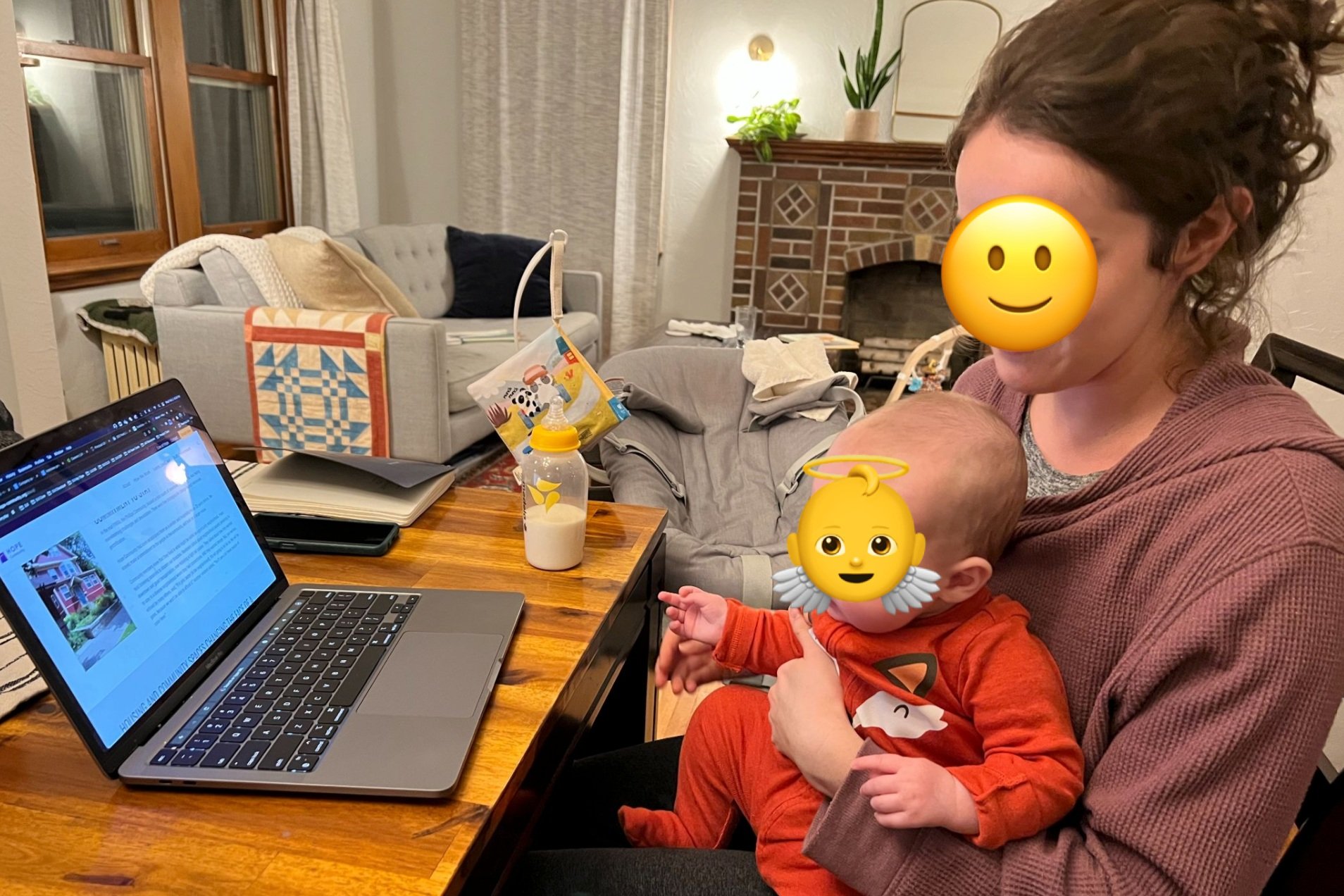
Hope Community
Website Usability Evaluation
TL;DR
Summary: Hope Community is a non profit in the Phillips neighborhood of Minneapolis, MN. They provide many services to the community, including rental housing as well as numerous programs such as community gardens, community wealth-building, arts, and youth programs. Hope Community leadership wanted to learn more about how the site could be better leveraged to meet the needs of its audience. A heuristic analysis and usability study was performed and found several themes and opportunities for improvement in order to more effectively communicate Hope Communities services
Tools: Google Slides & Sheets, Otter.ai, FigJam
Deliverables:
Evaluation plan and test script
Role: UX Researcher
Methods: Heuristic analysis, evaluative research, generative research, remote moderated usability testing, think aloud protocol, affinity diagramming
The Problem
The current Hope Community website is meant to communicate general information about the organization, such as contact information, program overviews, and reports/newsletters, however resources are limited in their ability to update the site and it often takes time to add new information. Hope Community leadership wanted to learn more about current issues on the site, including how it could be better leveraged to meet the needs of its audiences, before considering significant modifications or a website redesign
The Research Process
Planning
First, exploratory research was completed using a heuristic analysis of the site in order to detect baseline usability problems
Next, an evaluative research was performed: a test script was designed and written to gauge human expectations against the current state of the site
Goals
Hope Community’s goals for their website include:
Communicate Hope’s goals, mission, and values
Provide information on how to participate in Hope programming
Appeal to donors by communicating the work efforts and resulting impact
Goals of the usability study include:
Identifying potential pain points or design concerns to be addressed in order to improve efficiency and end-user satisfaction as well as to meet Hope Community’s goal they had set for their site
To provide stakeholders with prioritization of areas with the greatest potential for improvement
User Testing
Study structure:
6 participants were recruited for user testing
Each participated in a 30-minute usability testing session
Methods include think-aloud protocol and moderated sessions with observers/notetakers
Users were asked for their general impressions of the site and were also given 5 scenarios to complete as they navigated the site. These scenarios were as follows:
Scenario 1: You drove by the Hope Community building on Franklin Ave and you want to find out more about what the organization does including their goals, mission, and values. You Google Hope Community and it brings you to this website
Scenario 2: You want to volunteer at Hope Community so you go to their website to get involved
Scenario 3: Imagine you are a community member looking at the programs and services offered through Hope Community
Scenario 4: You’re looking to make a donation to the organization
Scenario 5: You have a friend who is looking for affordable housing. You go to the Hope Community website to see if there are any available units
User testing in progress
Data Synthesis & Analysis
Raw data from user research was first compiled in Google Sheets, then transferred to a shared FigJam board
From there, affinity diagramming was used and several themes emerged
Raw data from Google Sheets
Data synthesis in FigJam
Findings & Recommendations
Several areas of strength were found in Hope Community’s current site:
Imagery: the images used on the website emphasized Hope’s work and instilled a sense of trust in their work
Community: participants immediately recognized that Hope Community is an established organization with deep roots in the community
Donations: participants found the donation process to be efficient with little friction
Areas that had opportunities for improvement include:
Home page & first impressions
Navigation & information structures
Language & jargon
Scale & consistency
Within the themes, specific recommendations were made. The following are action items that were given to Hope Community:
Edit the landing page to reduce clutter, emphasize Hope Community, and draw in users
Simplify and group categories of information together for an easy flow through the site
Add buttons for action items will simplify users’ journeys and help them find what they are looking for
Edit language to be clear and descriptive. Include “at a glance” sections that summarize content quickly
Include qualitative data (such as number of people housed, number of program participants, etc)
Reduce size of images so they can be seen in conjunction with associated text
Standardize font sizes and styles used throughout site
The Takeaways
Hope Community is an established nonprofit with deep roots in their community
Their current website had several areas of opportunity where design could be leveraged to better meet the needs of their users
Both evaluative and generative research were used to identify main pain points
After data was collected, synthesized, and analyzed a recommendations report was given to the organization with 7 action items that will help their site better communicate their mission and recruit program participants, volunteers, and donors









